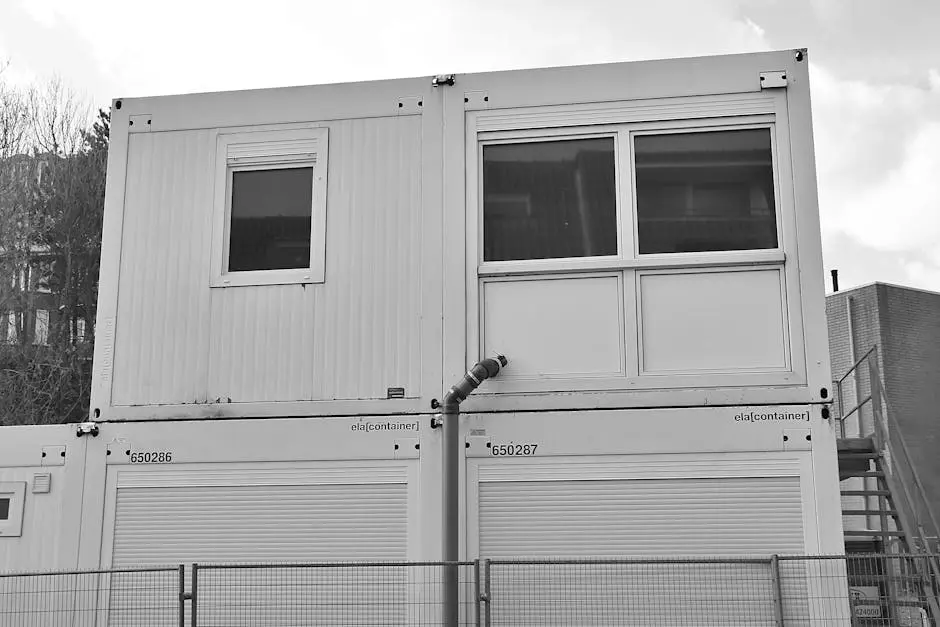Surface restoration is crucial for maintaining the structural integrity and aesthetic appeal of various materials, from metals to wood. One method that stands out in this regard is sand blasting. Known for its efficiency and effectiveness, sand blasting plays an indispensable role in the restoration process. Below are some compelling reasons why sand blasting should be considered for your next restoration project.
1. Effective Removal of Old Paint and Rust
Sand blasting is a highly effective method for removing layers of old paint and rust from surfaces. This process ensures that the surface is thoroughly cleaned and prepared for any further treatments or repainting. One of the significant advantages of sand blasting is its ability to reach even the most challenging areas, providing a uniform surface ready for restoration. Sandblasting efficiently restores surfaces to their pre-damaged state, making it indispensable in refurbishing weathered components.
Attempting to remove stubborn paint and corrosion manually can be a daunting and time-consuming task. However, with sand blasting, this process is greatly expedited. Moreover, compared to chemical stripping, sand blasting avoids the use of potentially hazardous chemicals, making it a safer and more environmentally-friendly alternative for effective surface preparation when addressing both persistent rust and layers of old coatings.
2. Enhancing Surface Preparation for Coatings
Before applying new coatings or paint, a surface must be prepared to ensure proper adhesion. Sand blasting roughens the surface in just the right way, allowing for better adherence of coatings and extending their lifespan. The process of sand blasting involves the forceful directing of abrasive particles against a surface, which not only removes contaminants but also creates a uniform base for new finishes to hold on to efficiently.
A well-prepared surface is key to a successful finish, and sand blasting achieves this by eliminating impurities that might cause peeling or bubbling later. This step is particularly crucial in industrial settings where protective coatings are a necessity to prevent corrosion and degradation. Utilizing sand blasting services ensures that newly applied coatings will perform optimally, providing durability and long-lasting protection.
3. Increasing Surface Durability
By removing impurities and ensuring a clean surface, sand blasting can enhance the overall durability of the surface. This is particularly important for materials exposed to harsh environments. For instance, metals that are prone to rust benefit tremendously from sand blasting, as it not only cleans the surface but also prepares it for protective layers that can shield against future damage.
The increased durability from a properly sandblasted surface is evident across various applications, including in maritime, automotive, and industrial sectors. By removing rust and leaving a smooth, clean surface, the risks of premature wear are significantly reduced, extending the life and functionality of the equipment and structures.
4. Versatility Across Materials
One of the most significant advantages of sand blasting is its versatility. It works on a wide range of materials including metal, concrete, and wood, making it an invaluable tool in various restoration projects. The adaptability of sand blasting technology allows the use of different abrasive media, tailored to the specific material being treated—from steel grit for tough surfaces to walnut shells for gentler cleaning tasks.
This versatility extends beyond the types of materials to the different types of projects as well. Whether it’s preparing the hull of a ship, refurbishing a vintage car, or cleaning up weathered wooden beams, sand blasting provides the precise solution for each unique requirement. Tapping into the wide array of abrasive blasting techniques ensures that even the most complex surfaces are restored to meet professional standards.
5. Improving Surface Performance
The process of sand blasting enhances the performance of surfaces by eliminating contaminants that can cause wear and tear over time. This results in smoother and more reliable surfaces. By creating a clean and even surface texture, sand blasting improves the functional and aesthetic properties of the material. The consistency of the blast patterns also leads to uniformity in coatings, ensuring that products not only look good but also perform well under stress.
Improved performance isn’t limited to industrial materials; it also extends to artistic restorations, such as sculptures and historic monuments. By harnessing the power and precision of versatile sand blasting techniques, craftsmen and conservators can bring back the original luster to intricate pieces without inflicting harm or altering their delicateness.


